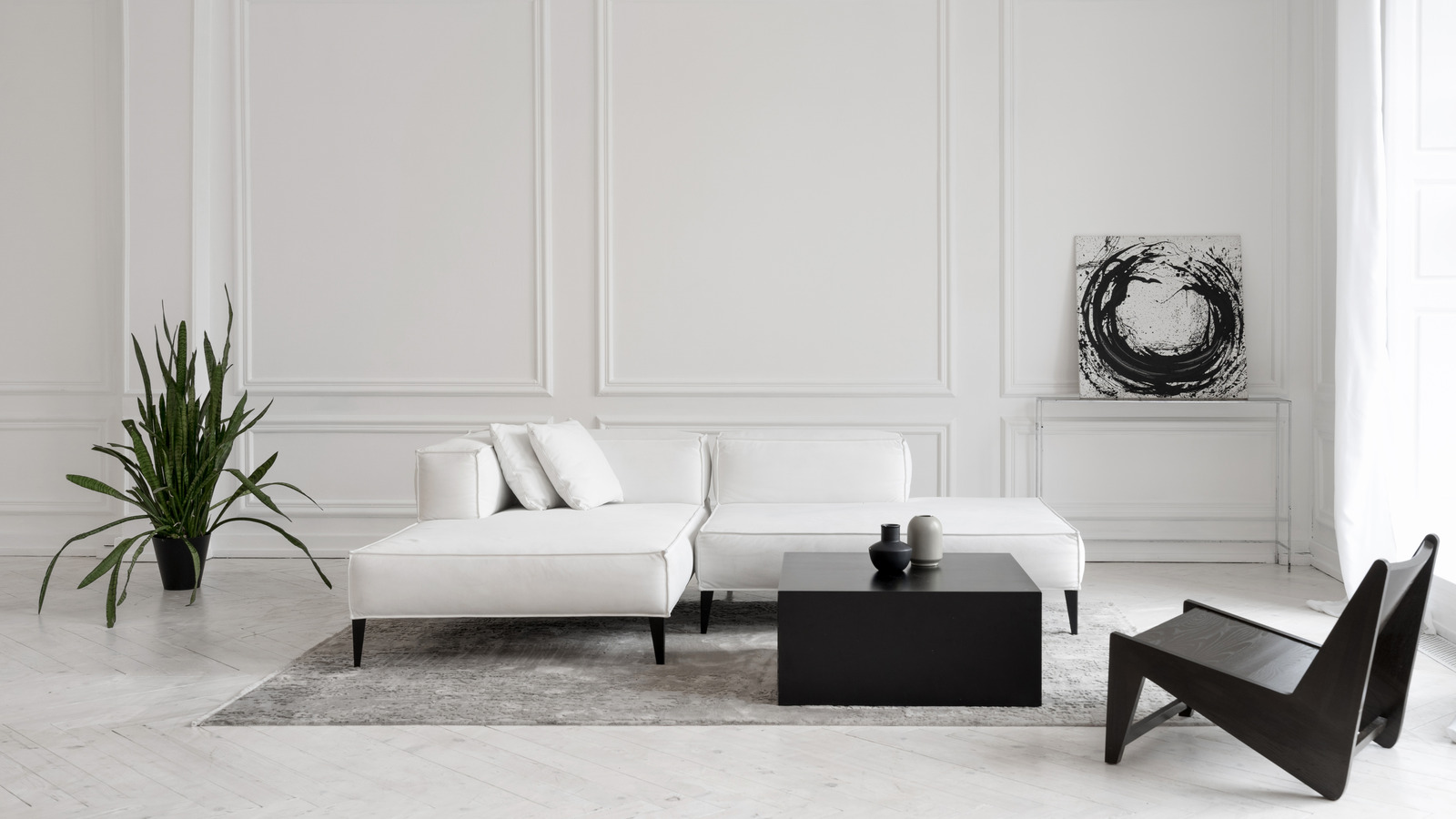
.Design Dilemmas: When Minimalism Goes Too Far.Design Dilemmas: When Minimalism Goes Too Far Minimalism has become a popular design trend, emphasizing clean lines, simplicity, and a lack of clutter. While it can create a serene and sophisticated aesthetic, it’s crucial to strike a balance to avoid creating a sterile and uninviting space. Here are some common dilemmas that arise when minimalism goes too far: Lack of Personality: Minimalist interiors can often lack personality and warmth. The absence of decorative elements, patterns, and textures can create a cold and impersonal atmosphere. To remedy this, consider incorporating subtle touches of personality through artwork, textiles, or plants. Discomfort: In pursuit of reducing furniture and accessories, some minimalist spaces become uncomfortable. Hard surfaces, lack of seating, or inadequate lighting can create an unwelcoming environment. It’s essential to maintain a balance between aesthetics and functionality, providing comfortable furniture and adequate seating. Echoes and Noise: Hard surfaces and open spaces without textiles or rugs can amplify sound, creating an echoey and noisy atmosphere. Consider using sound-absorbing materials such as curtains, upholstery, or acoustic panels to mitigate noise and improve acoustics. Overcrowding: While minimalism aims to reduce clutter, it’s possible to create a sense of overcrowding by having too few items. A well-designed minimalist space should have enough furniture and accessories to create a sense of occupancy without feeling cluttered. Limited Functionality: Some minimalist designs prioritize aesthetics over functionality. This can result in spaces that are difficult to use or live in. For example, eliminating all storage solutions can make it challenging to keep belongings organized. It’s crucial to find a compromise between form and function, ensuring that the space meets the needs of its occupants. Creating Harmony: Minimalist spaces can sometimes lack cohesion, as individual pieces may not complement each other. Pay attention to the colors, textures, and shapes used throughout the space to ensure that they harmonize and create a sense of flow. Conclusion: Minimalism can be a beautiful and serene design style, but it’s important to avoid going too far. By addressing common dilemmas such as lack of personality, discomfort, echoes, overcrowding, limited functionality, and creating harmony, you can strike a balance between aesthetics and livability. Remember, the goal of minimalism is not to strip a space of character, but to create a simple and sophisticated environment that enhances both beauty and comfort.
Posted inNews